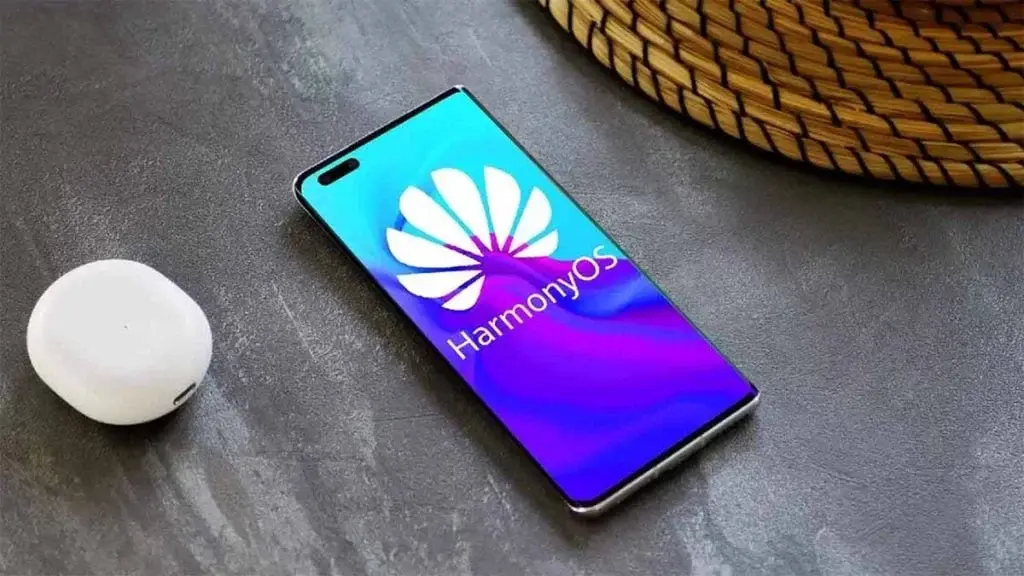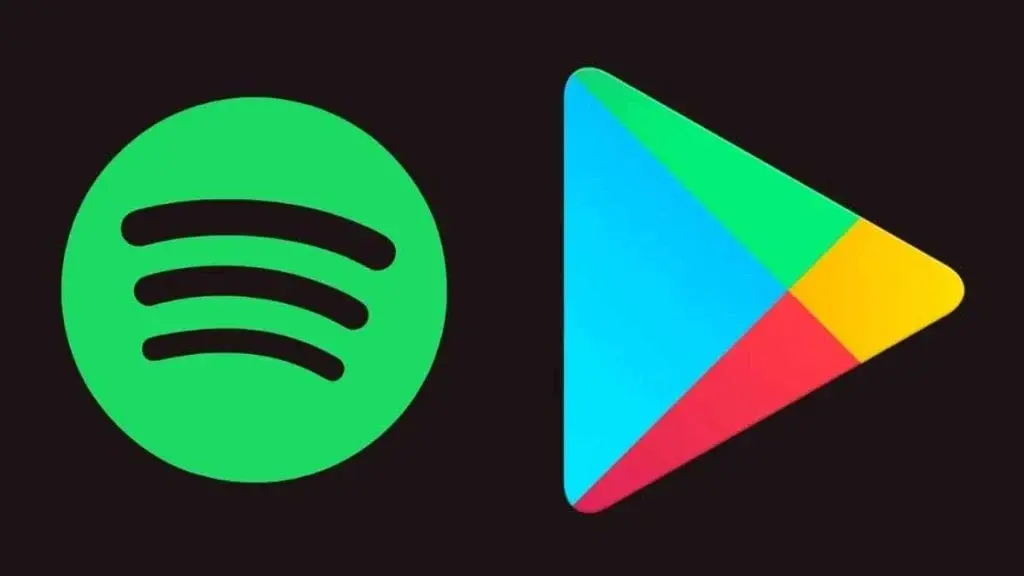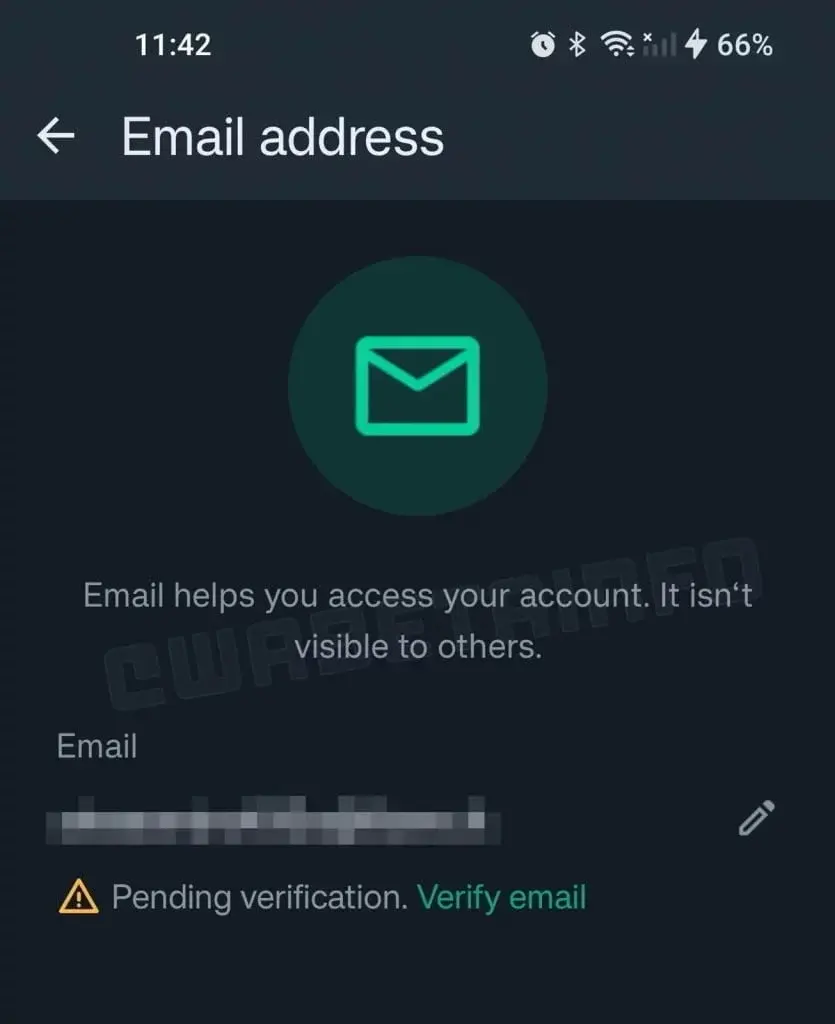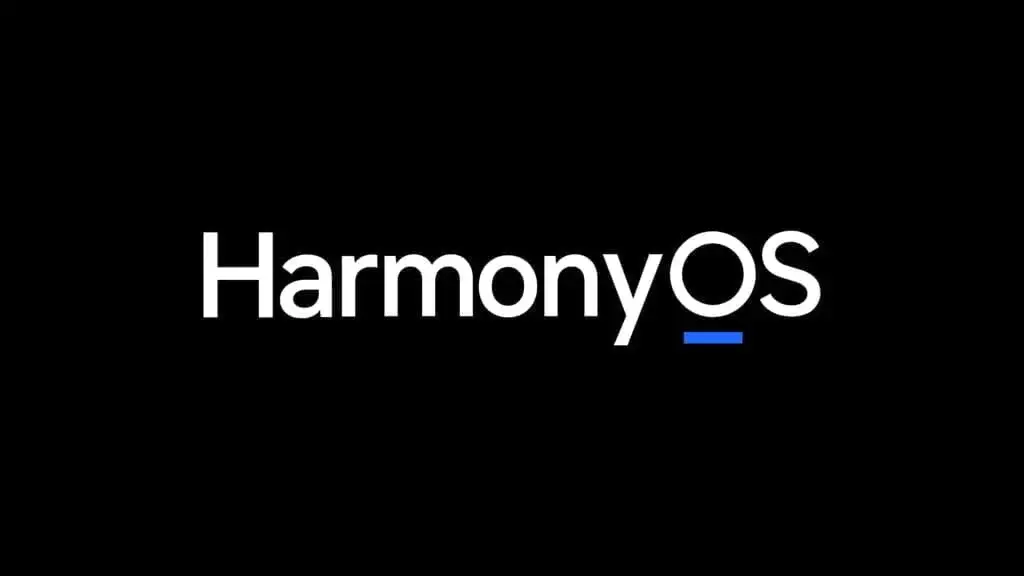Alibaba Group Holding is making progress in its efforts to reduce its reliance on Google’s Android by developing a native version of its workplace app, DingTalk, for Huawei Technologies’ HarmonyOS. This move comes as Huawei continues to face challenges due to US sanctions and aims to establish its own ecosystem.
HarmonyOS as an Alternative to Android
Huawei introduced HarmonyOS in 2019 as a response to being placed on the US government’s Entity List, which restricted its access to American software and technologies. The unveiling of HarmonyOS marked Huawei’s determination to create a self-sufficient ecosystem in the face of these difficulties.
Collaboration Between Alibaba and Huawei
The collaboration between Alibaba and Huawei goes beyond app development. The two companies have plans to work together in areas such as industrial innovation, technology application, and business growth. This partnership aligns with Alibaba’s broader strategy of driving future growth through digitalization and intelligent technology, with DingTalk playing a crucial role in this endeavor.
Huawei’s Commitment to HarmonyOS
Huawei’s decision to phase out Android support in its upcoming HarmonyOS Next iteration demonstrates its commitment to this new path. This move coincides with the successful launch of Huawei’s Mate 60 Pro, the company’s first 5G-enabled smartphone since 2020, which has experienced a significant increase in sales.
DingTalk’s Shift to HarmonyOS
The adaptation of DingTalk to HarmonyOS is not only a technological shift but also a strategic business move. DingTalk is one of Alibaba’s key growth drivers, and its transition to HarmonyOS is seen as a significant step towards “strategic-level innovation.” This move is part of Alibaba’s larger plan to reposition its business units, including DingTalk, as independent entities with their market strategies.
In conclusion, Alibaba’s development of a native version of DingTalk for Huawei’s HarmonyOS is a significant milestone in Huawei’s efforts to reduce its reliance on Google’s Android. This collaboration between the two companies not only involves app development but also encompasses other areas of innovation and growth. Huawei’s decision to phase out Android support further emphasizes its commitment to HarmonyOS, while DingTalk’s shift to HarmonyOS aligns with Alibaba’s strategy to position its business units as independent entities.










